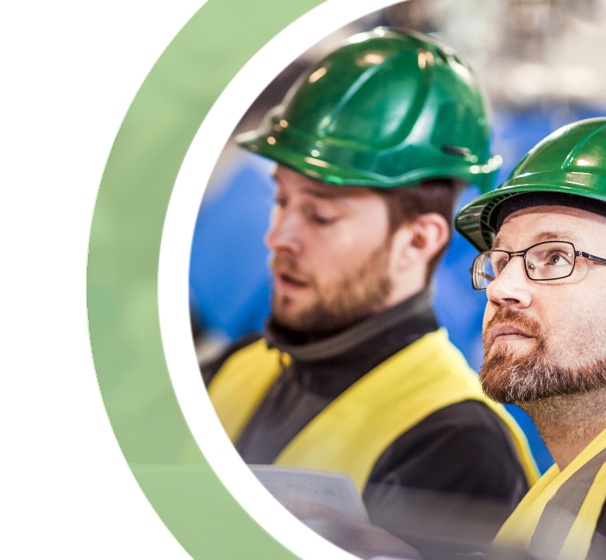Engineers and scientists play a vital role in solving some of the world’s most pressing sustainability challenges. From designing energy-efficient systems to developing pollution-prevention technologies, their work directly shapes how we use natural resources and mitigate environmental risks.
Yet, technical expertise alone is no longer enough.
To lead in today’s complex business environment, non-business professionals must also understand the broader organizational context in which their solutions are deployed. Those who combine engineering and scientific know-how with strong business acumen are better equipped to advance within their companies, lead cross-functional teams, and align technical innovation with long-term business and sustainability goals.
Bridging Technical Expertise and Business Strategy
In The Green Business Lab, scientists and engineers step into executive roles to experience how strategic decisions are made across an entire company. Working as an Executive Team, participants explore the business as a dynamic, interconnected system and gain insight into how decisions impact not only product development and operations, but also finance, marketing, supply chains, and stakeholder relationships.
This systems-level view allows engineers and scientists to:
Building Business Acumen
Business acumen is more than understanding financial statements. It’s the ability to make informed, strategic decisions under pressure. It involves striking a balance between technical precision and commercial insight, sound judgment, and a clear understanding of how businesses operate.
In the Lab, participants gain hands-on experience with essential business skills, including:
Why It Matters
As sustainability becomes increasingly central to business success, companies are seeking technical leaders who can operate at the intersection of science, engineering, and strategy. Non-business professionals with business acumen are well-positioned to drive innovation, reduce environmental impact, and contribute to long-term competitive advantage.
The future belongs to those who can see the big picture, speak the language of business, and apply their technical expertise to create sustainable value.


We're happy to have you join us! Subscribe & receive our latest posts in your inbox. We respect your privacy & never share your information. You can unsubscribe at any time.